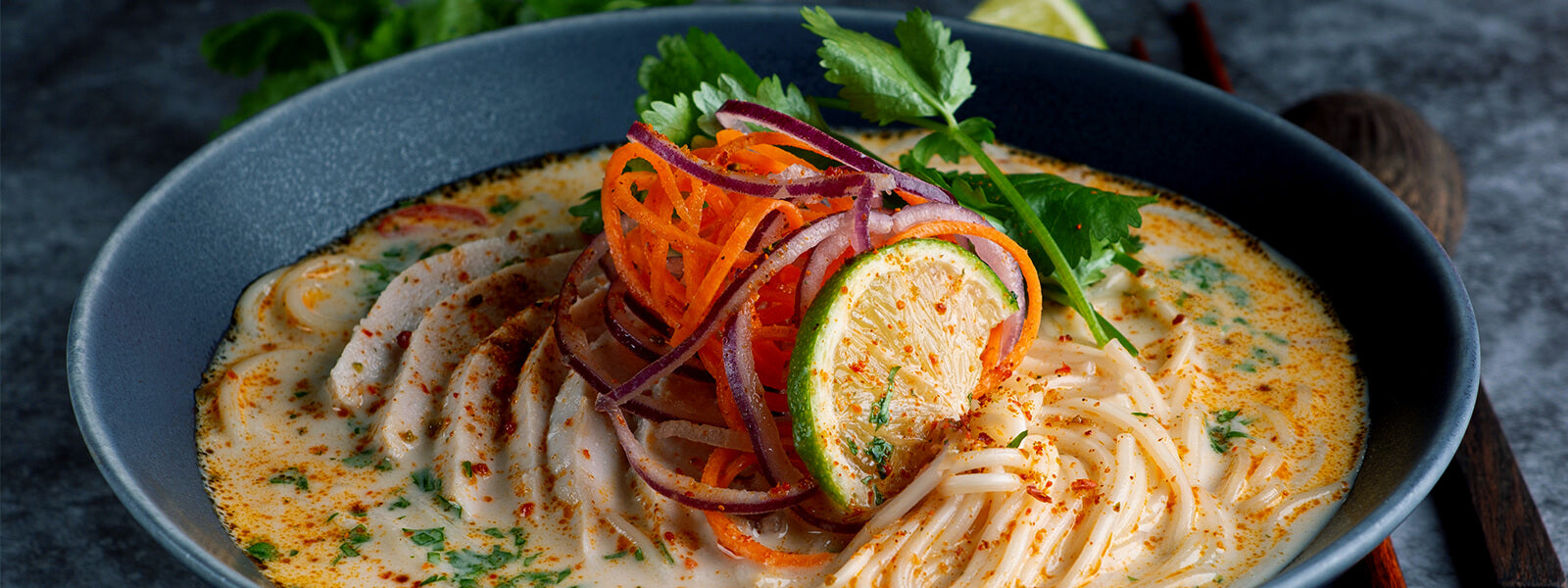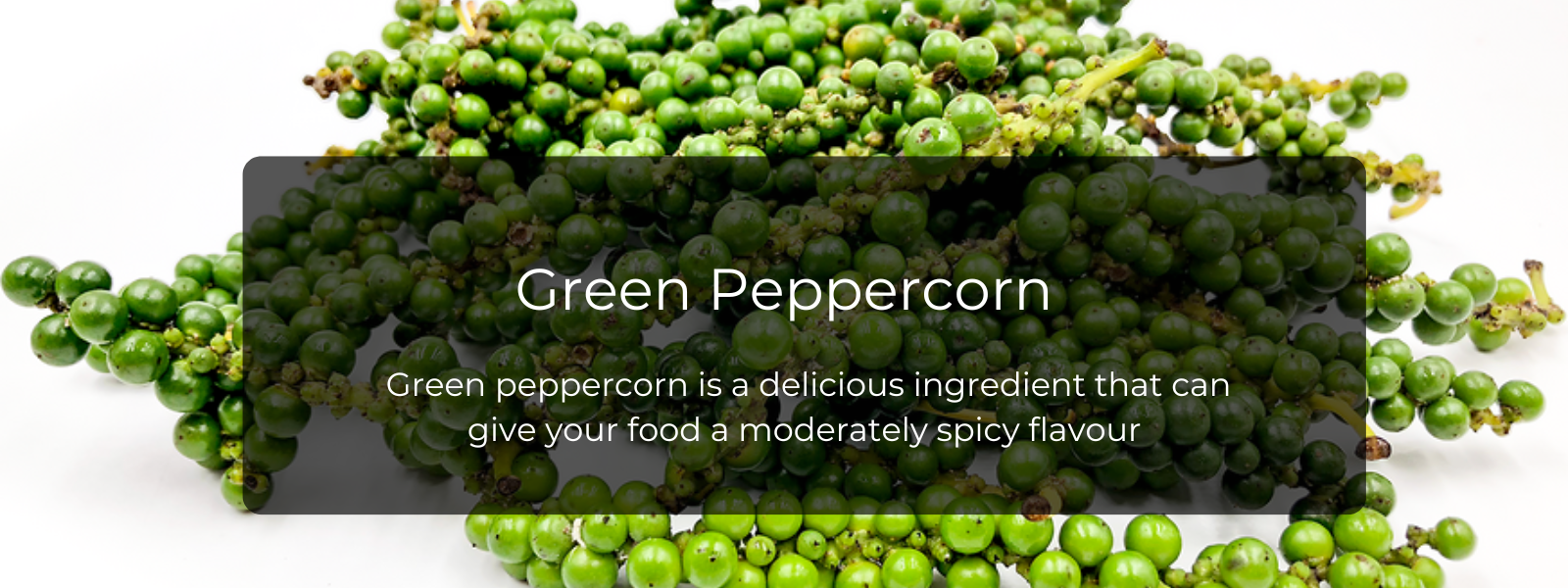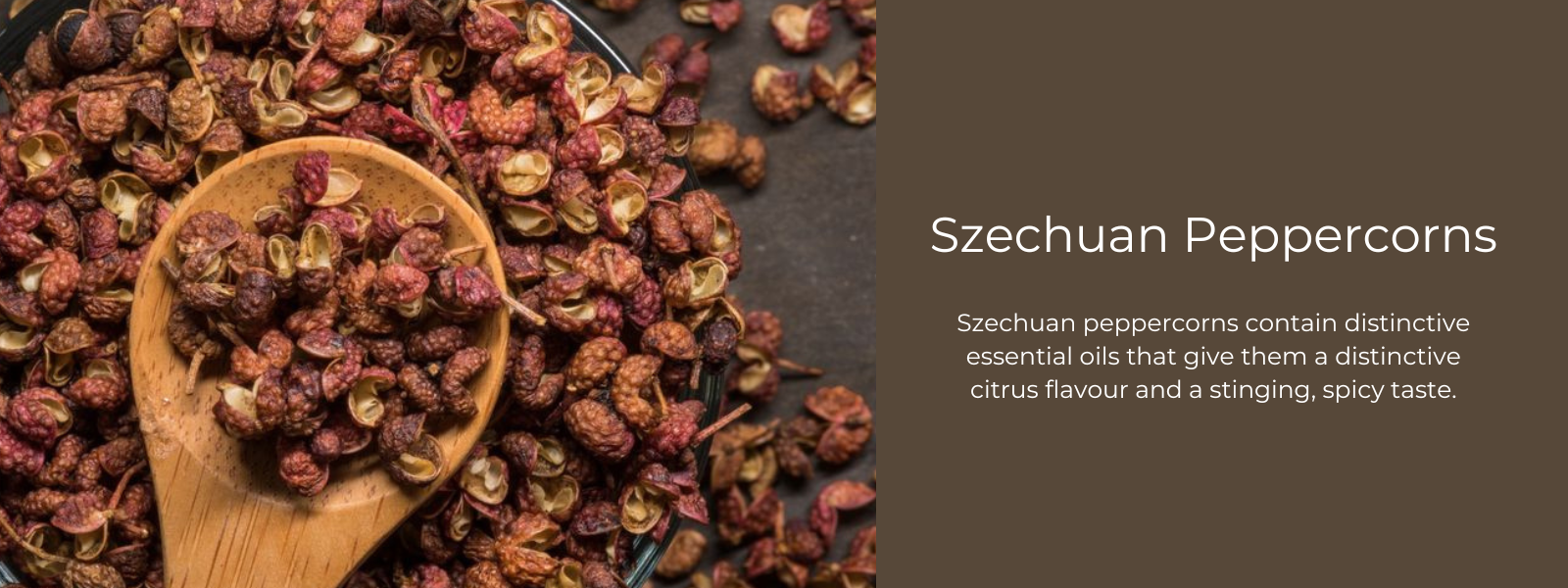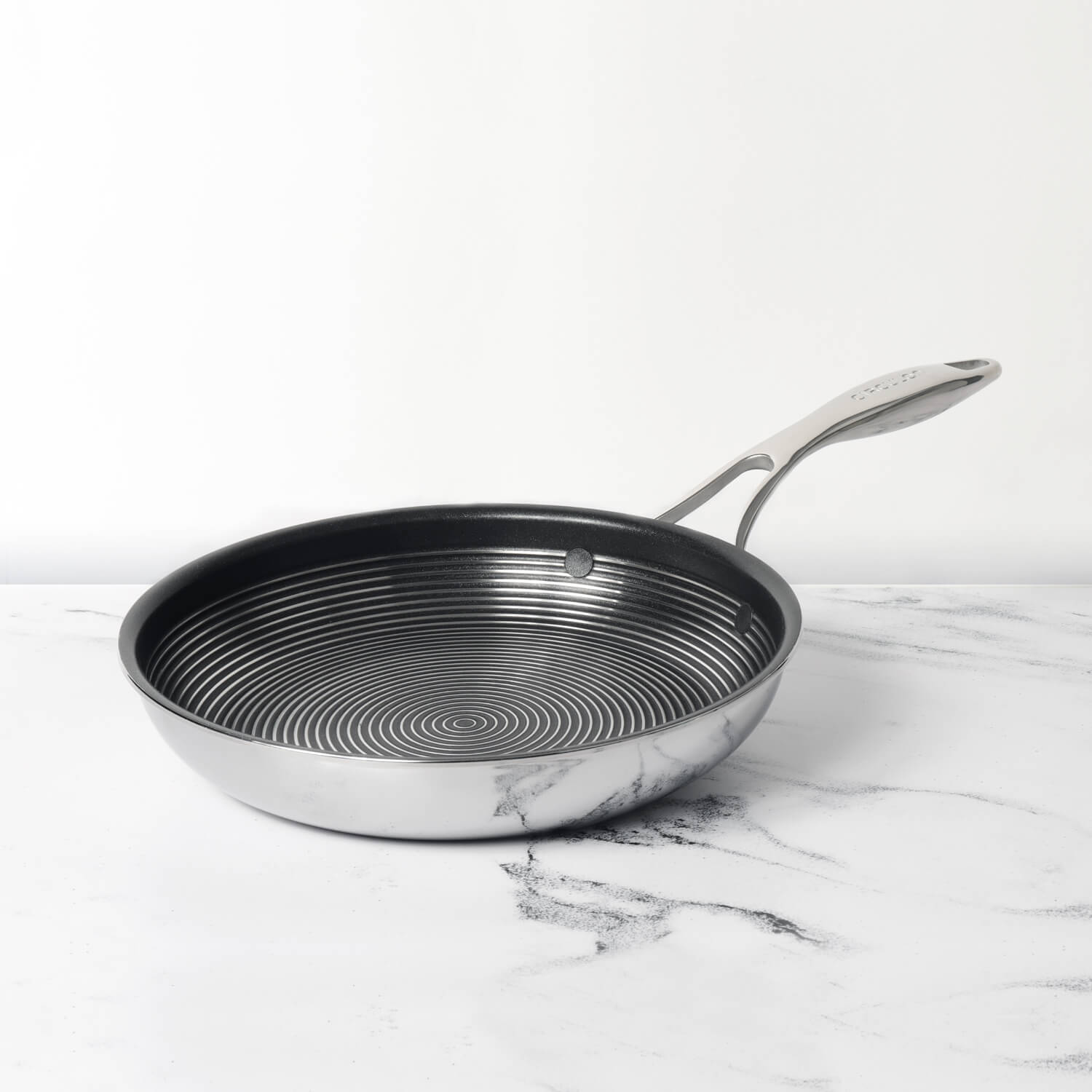Pink pepper comes from two trees called the Baies Rose Plant and the Peruvian Pepper tree. The black pepper from Southeast Asia is not related to these trees, which grow in South America. Pink peppercorns don't taste like real peppercorns, which is the best way to tell that they aren't real peppercorns. Pink pepper is hot, just like black pepper, but the heat lasts longer than it does with black peppercorns. In fact, some people think the heat is more like that of chilli peppers than like that of black peppercorns, which aren't very hot. The spice is also unique because it is sweet and has a piney taste, which some people say is similar to the taste of juniper berries.
Table of Contents
What is pink peppercorn?
First of all, you might be surprised to discover that pink peppercorns aren't really peppercorns at all. They are the ripe berries of the pepper trees in Peru (Schinus molle) and Brazil (Schinus terebinthifolius). But they're the same size and shape as regular peppercorns and taste peppery, so you'd have to be a real stickler to tell someone they're wrong for calling them by their common name. Pink peppercorns belong to the same family as cashews.
Difference between pink and black peppercorn
Pink peppercorns taste like black peppercorns, but they are milder, a little bit sweeter, and very fruity. They are also great for giving your dishes colour. As was already said, pink peppercorns are not true peppercorns like their black cousins. Instead, they are the ripe berries of the Brazilian or Peruvian pepper tree. Even though they are genetically closer to cashews than to the pepper spice family, they are sold as "pink peppercorns." They are the same size and shape as "real" peppercorns.
Taste of pink peppercorn:
Whole pink peppercorns are very spicy, so they are often mixed with black, green, and/or white pepper more for how they look than how they taste. Still, any good chef should be able to use the flavour of the pink peppercorn to enhance both savoury and sweet dishes.
Pinene, which is found in pink pepper, is a natural insect repellent that is also found in pine trees, citrus peels, and even cannabis. This gives pink peppercorns a strong pine and citrus smell, along with flavours of herbs, flowers, and citrus. When you use pink pepper for the first time, it's important to remember that it's spicy in a way that's more like chilies than pepper. Make sure you know what to expect before you go.
These tastes go well with smells that are similar to each other. This includes edible flowers like alliums and rosebuds, as well as herbs and spices like cinnamon, cardamon, cloves, saffron, ginger, mint, basil, bergamot, lavender, lemongrass, and rosemary. Pink peppercorns can also be used to improve the taste of citrus fruits, strawberries, pineapple, and pomegranate, as well as dairy foods like butter and cream, and even bacon, beef, chicken, and white fish.
Health benefits of pink peppercorns:
- Anthocyanins: Plants that are red, blue, or purple get their colours from anthocyanins. They work as antioxidants and may also have other effects, such as reducing inflammation and killing viruses.
- Bioflavonoids are phenolic compounds that are found in green tea and citrus fruits. Like the anthocyanins above, they are good antioxidants that keep the body from getting hurt by free radicals.
- Gallic acid: Other foods, like sumac and watercress, also contain gallic acid. Not only is it a strong antioxidant, but it can also kill bacteria and viruses.
- Dietary Fiber: There is a lot of dietary fibre in pink peppercorns. A serving of 100 g can have 33 g of fibre, which is 3 g more than what adults should get every day.









Leave a comment